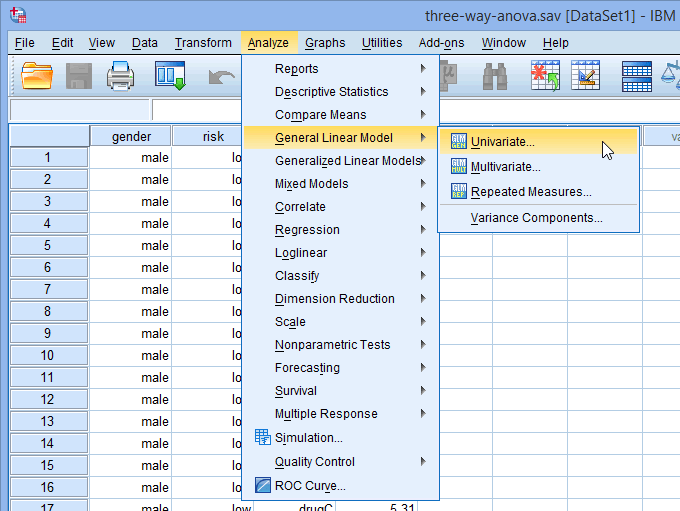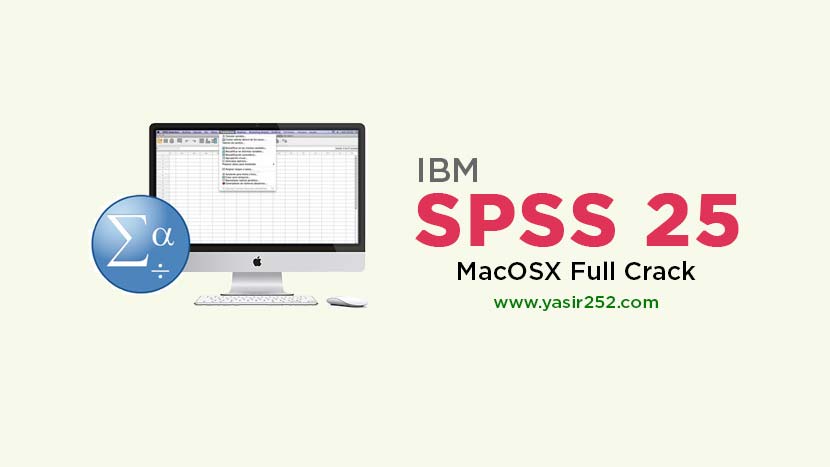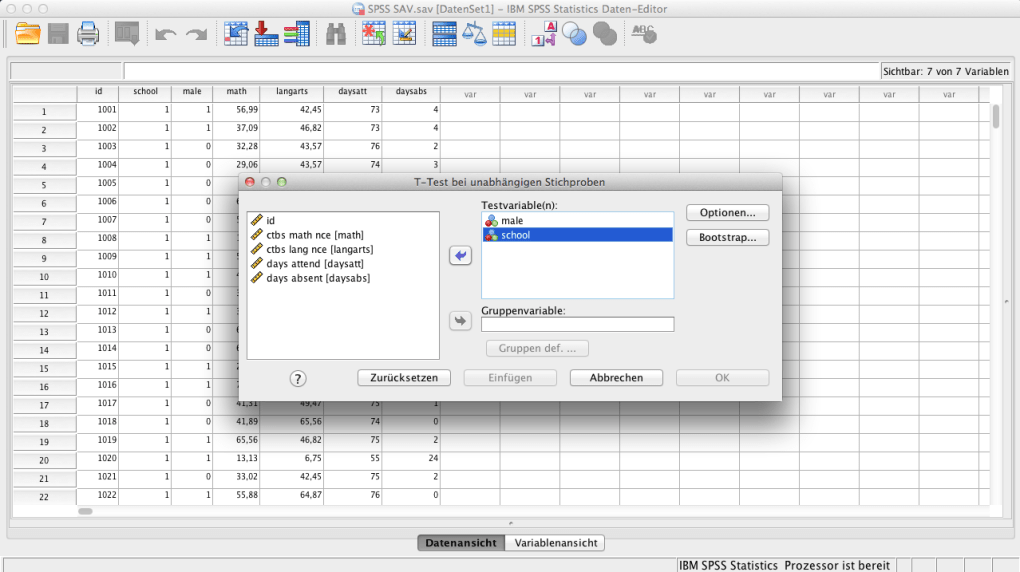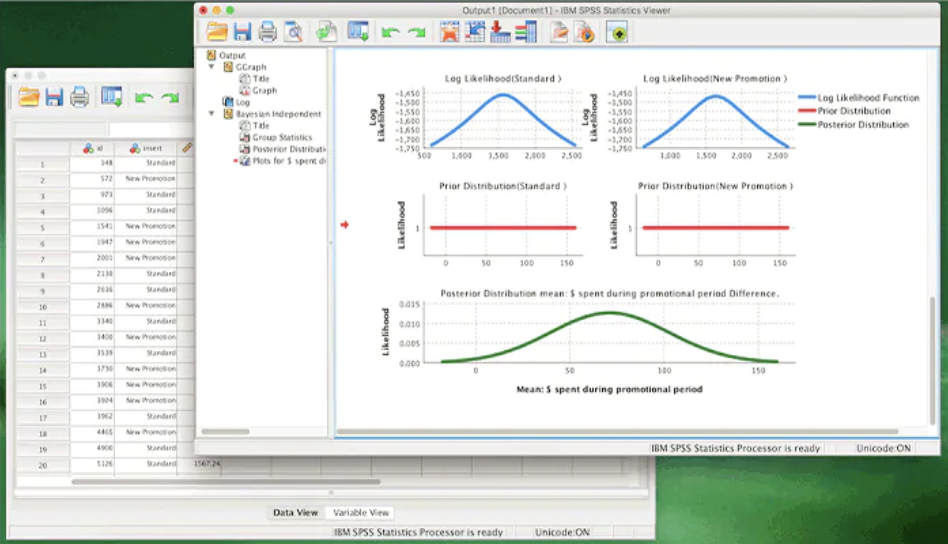

The best method to understand the nature of these differences would be to look at our post hoc tests. While we know that there is a significant difference among the groups, our F-value or p-value does not tell us the nature of these differences – only that some difference exists. We would report this p-value as well as our interpretation of the result. In the context of ANOVA, this means that there is a significant difference among the means of our groups. 0001), which indicates that our result is statistically significant. In this example, it is extremely small (p <. …For this reason, we’ll also want to look at the p-value. When reporting our results, we would probably include this value, but it is difficult to interpret by itself… Once we have our post hoc tests selected, click on Continue.įirst, we should look at the effect size, which is the F-value. So, let’s click on the checkboxes for those three tests. You can choose whichever post hoc tests that you want, but I prefer to select LSD, Bonferroni, and Tukey.

Next, you’ll want to click on the Post Hoc button. So, click on Groups, and then click on the button highlighted below: Now, we want to put our grouping variable as the Factor. So, click on Outcome, and then click on the highlighted arrow. You’ll first want to put your outcome in the Dependent List. If it worked, the following window should have appeared. Like most analyses in SPSS, we are going to start by clicking the Analyze tab at the top, then Compare Means, and then One-Way ANOVA. Calculating an ANOVA in SPSS may be a little difficult with different data formats. If you data doesn’t look like this, you should probably reformat it to appear similarly. You can imagine that the groups and the outcome are anything that you want. In the example dataset, we are simply comparing the means of three different groups on a single continuous outcome.
#HOW TO RUN ANOVA WITH SPSS ON MAC DOWNLOAD#
If you don’t have a dataset, download the example dataset here. Now that we know what an one-way ANOVA is used for, we can now calculate an one-way ANOVA in SPSS.

Because ANOVA is a commonly-used statistical tool, I created the page below to provide a step-by-step guide to calculating an ANOVA in SPSS. But what do you do if you want to compare the mean difference of more than two groups? Well, as you’ve probably guessed, you can perform an ANOVA. Group 3’s values range from a minimum of 0 to a maximum of 34.T-tests are used to identify the mean difference between two groups. Group 2’s values range from a minimum of 11 to a maximum of 37.



 0 kommentar(er)
0 kommentar(er)
